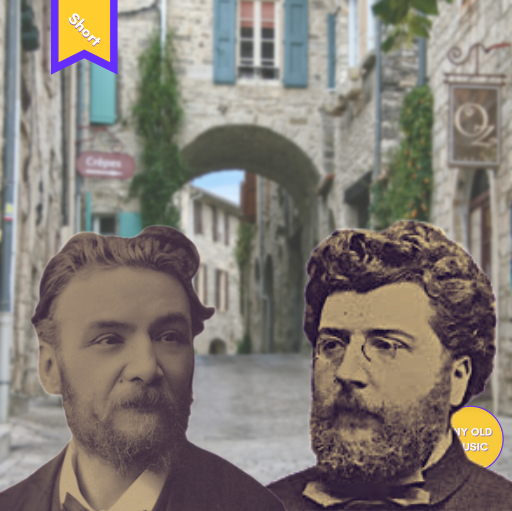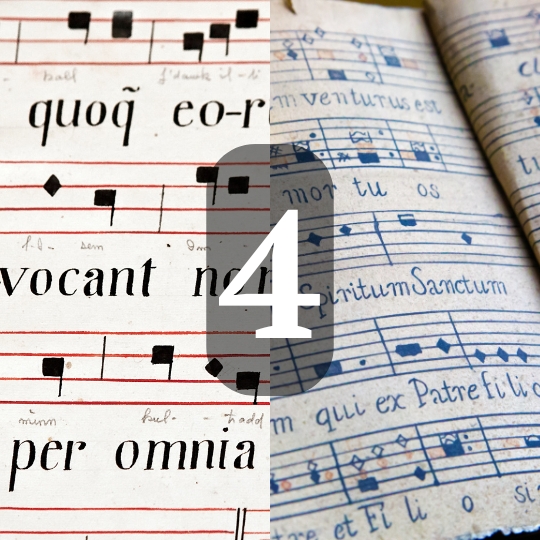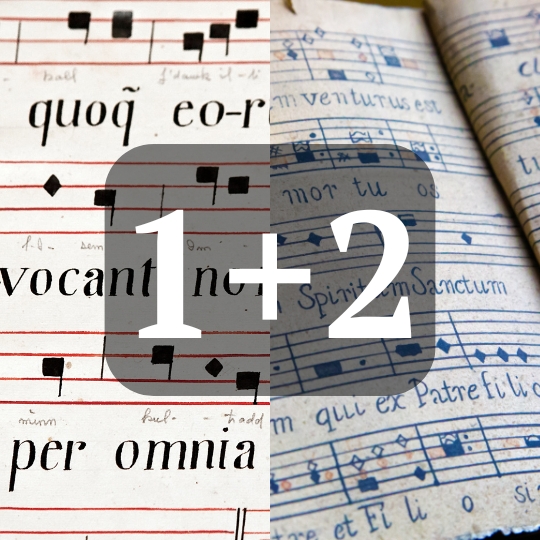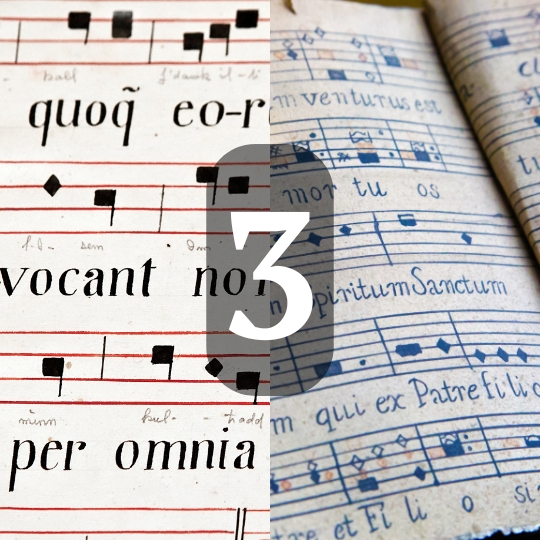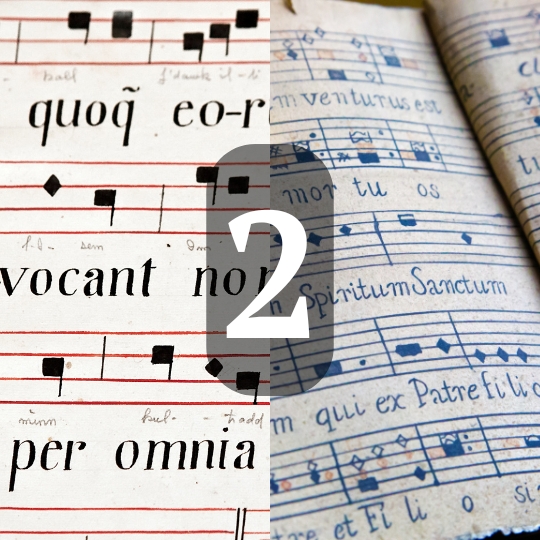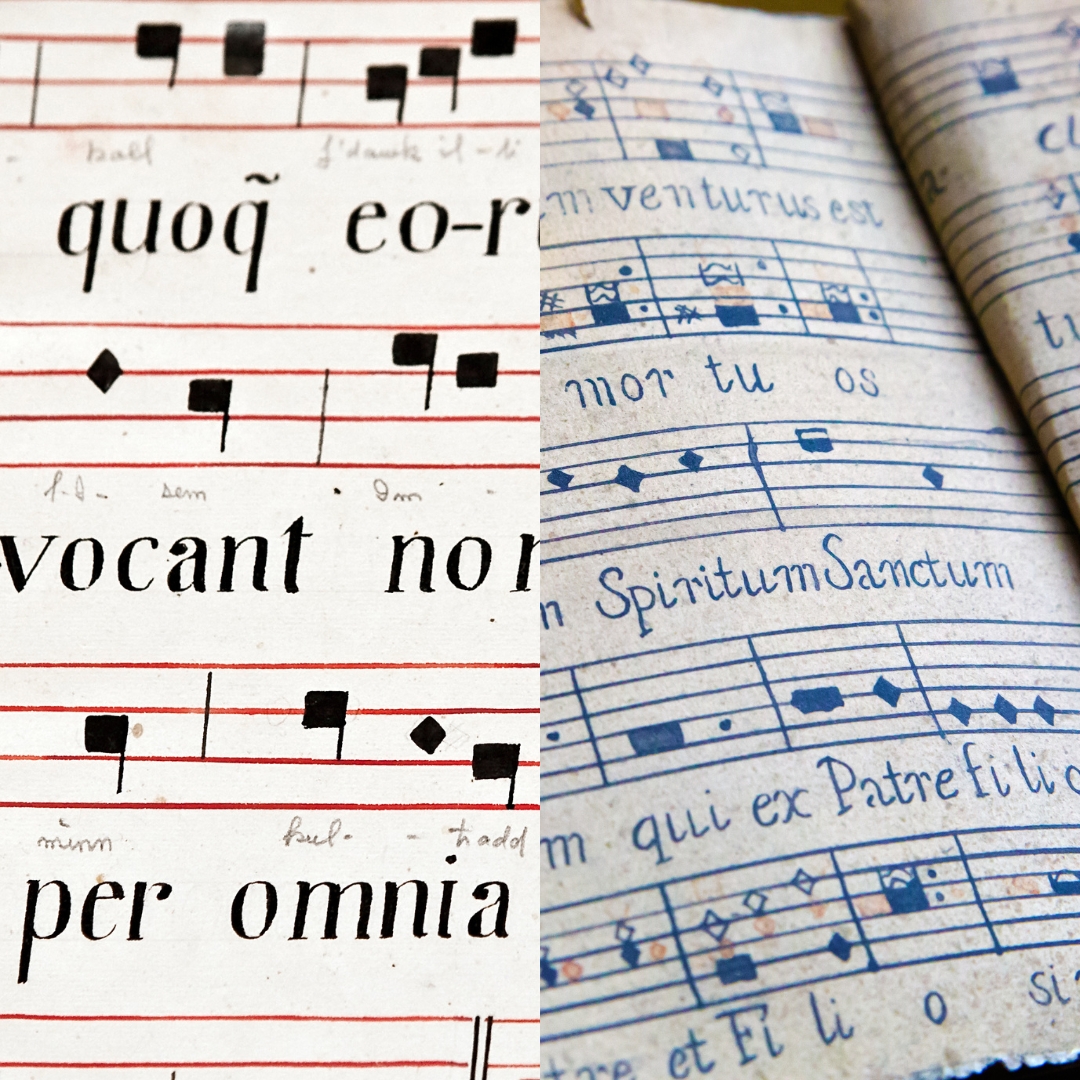In posthumously arranging Bizet’s Farandole [L’Arlesienne Suite No. 2], Ernest Guiraud takes half of the primary theme, Le Marche de Rois, and exposes it twice in D-minor.
First, the theme is heard in homophonic texture, then a two-part canon.
Modulating to the parallel D-major, Guiraud introduces part of the farandole melody, gradually increasing its intensity in the orchestration via several repeats and the exposure of its other half.
Suddenly, Le Marche de Rois returns in B-minor, imposing itself via an octave unison.
It is juxtaposed, one at a time, with the first part of the farandole theme and the other half of itself (for the first time).
The movement ends rousingly, with the two themes placed in counterpoint over a persistent tonic pedal in D-major.
This article is a short, supplemental article based on this long form piece where I analyse Bizet’s Farandole in greater depth. In a later article I also go onto make an arrangement of the nursery rhyme, London Bridge, for Orchestra, using Farandole as a model.
Musical Moments is a new series where I focus on larger works—whether in orchestration, length, or complexity—and zoom in on small sections …
Fourth Species Counterpoint is a type of music composition that focuses on creating counterpoint through suspension and syncopation, which means that notes …
Combining 1st and 2nd species counterpoint is where we truly start to unlock counterpoint’s potential as a tool for enhancing our composition …
Continuing from the foundational work in first and second species, third species counterpoint introduces a more intricate rhythmic structure by pairing four …
Continuing our study of species counterpoint from last week, where we looked at counterpoint in the first order / first species, this …
First species counterpoint, often referred to as “note against note” counterpoint, is the foundation of contrapuntal composition. It (First Species Counterpoint) involves …

